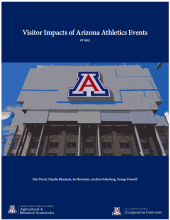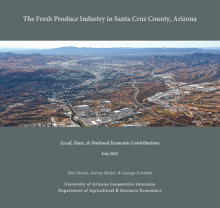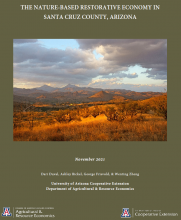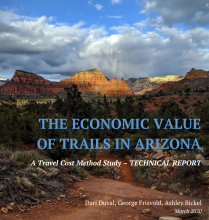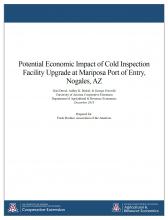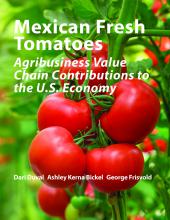Services & Custom Research
The Extension Regional Economic Analysis Program (EREAP) offers a suite of services geared to providing community and industry stakeholders and Extension professionals with research-based information.
| Analysis Type | What it Does | What it Cannot Do |
|---|---|---|
| Economic Impact Analysis | Estimates net new economic activity generated by an economic shock, including multiplier effects | Does not evaluate cost-effectiveness, efficacy, or other merits of a policy, program, etc. |
| Economic Contribution Analysis | Estimates existing economic activity supported by an existing industry/program/etc., including activity supported through multiplier effects | Does not estimate opportunity costs associated with spending, labor, and resources used by industry or program |
| Economic Base Analysis | Quantifies relative concentration of a particular industry in a geographic area; a way of measuring importance of industry to regional economy | Does not provide insights into industry within the context of the local economy beyond a measure of concentration |
| Cost-Benefit Analysis | Provides comparison of the costs (direct and indirect) associated with a particular policy/program/project/etc. and its benefits, measured in terms of monetary value | Best applied to projects, programs, investments, etc. Cannot be applied to industries; Not all costs and benefits can be easily quantified in terms of monetary value |
| Avoided Cost Analysis | Estimates costs avoided by a particular enterprise, individual, etc. due to a an intervention, program, policy, etc. | Not a cost-benefit analysis or assessment of efficacy or efficiency of a program or intervention |
| Value Chain Analysis | Provides a map of interdependent industries involved in delivering goods and services to end-users, sometimes quantifies economic activity by value chain component | Most helpful within the context of a larger industry analysis or contribution analysis |
| Program Evaluation | We can customize analyses using research-based methods to evaluate program activities, outcomes, and impacts, as well as provide input on program design and data collection for robust program evaluation |
Useful Links
- Value of University of Arizona Cooperative Extension’s Involvement in Immediate Post-Wallow Fire Grazing Recovery
- Economic Impact of Cooperative Extension Efforts in Rangeland Management for Northern Arizona Ranching Allotment
- Annual Economic Contributions of The University of Arizona, Department of Nutritional Sciences Cooperative Extension Supplemental Nutrition Assistance Program-Education (SNAP-Ed) Spending


